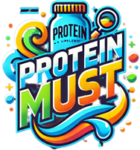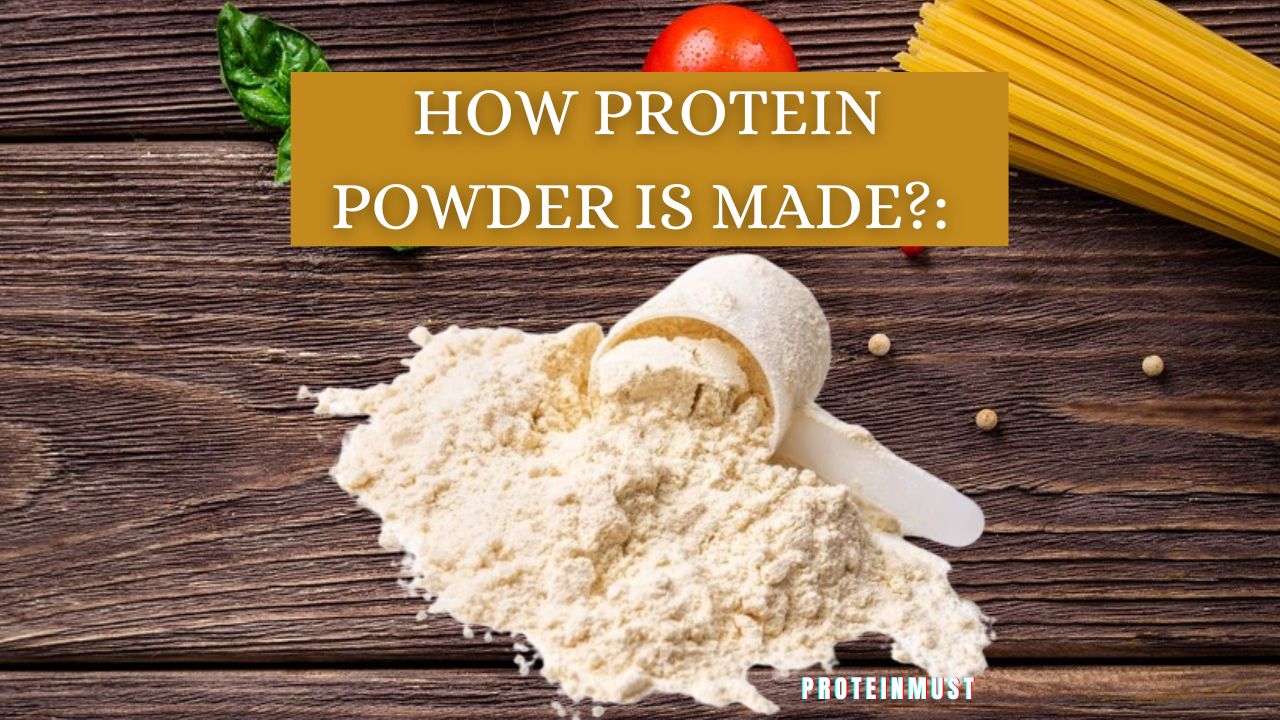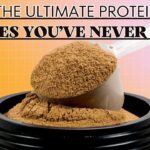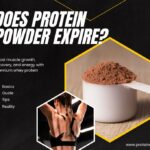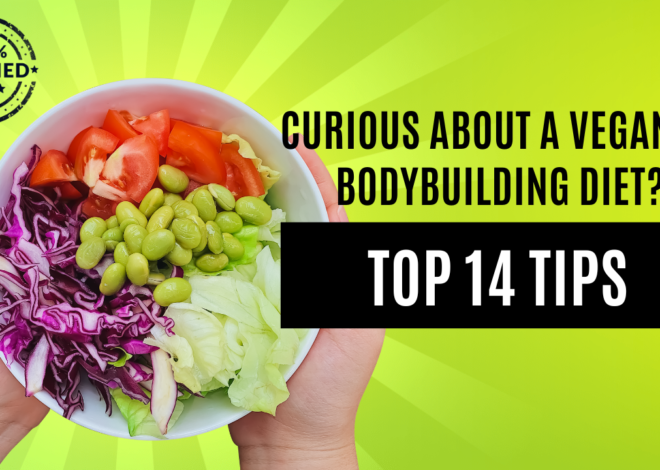
Pea Protein vs Soy Protein: Find Your Perfect Match
When comparing pea protein vs soy protein, the ingredient list tells a deeper story. As someone who’s tested various blends for years, I noticed how near-ubiquitous soy-based products sneak into processed foods like ice cream or bars. On the other hand, pea protein, often made by isolating it from yellow peas, offers a plant-based option that feels lighter on the body. Both deliver protein, but understanding the source is key when discussing pea protein vs soy protein. From my own experience, soy tends to feel heavier, though it’s more widespread. Pea is newer but growing fast, thanks to clean ingredient labels. Whether from powders or food, I look for quality and minimal ingredients. Each has benefits but preferences shape the best choice.
Pea Protein vs Soy Protein: The Honest Comparison
When shopping for a nutritional supplement or powder, it’s crucial to examine the nutrition labels. I always compare not just content, but also weird names I can’t pronounce. Some brands add fillers or additives for fake smoothness or make things look more voluminous. That’s why checking real value matters in the pea protein vs soy protein debate. Always look at servings, not just the amount. Some plant-based powders hide a lower protein per container, even if labeled well. Check the percentage per serving, I’ve made that mistake before. As someone tracking macros, those small details influence my pea protein vs soy protein preference. With more people switching to vegan or vegetarian diets, plant-based proteins are on the rise. It’s easy to get stuck between two popular sources. But they’re both loaded with nutrients and offer benefits essential for good health. Also read Plant Protein Powder vs Whey: Top 12 Key Differences unrevealed.
Pea Protein vs Soy Protein
When it comes to building muscle and avoiding health risks, the choice between pea protein vs soy protein matters. While soy delivers more protein per serving, pea still wins by a knockout for clean digestion and fewer allergens. Always preferred raw, organic ingredients like bio fermented peas and cold-pressed hemp in my powders. For those wanting a shake-up, pea protein vs soy protein gives you a reason to rethink your blend. Both proteins offer essential, branched-chain amino acids for optimal performance. Though soy is a superior source by bioavailability, studies say pea promotes muscle synthesis better, despite its PDCAA. Plus, pea is hypoallergenic, with a neutral flavor and smooth texture.
Pea Protein wins in most categories, especially for those with allergies, eco-conscious values, or those seeking muscle-building support without hormonal compounds.
Understanding the basics:
Soy Protein:
Soy protein is a common plant-based option derived from soybeans that are dehulled, extracted, and isolated from fat to create a rich compound. It’s not just a supplement but also an additive in many processed foods like cereal, granola, bars, and milk. When comparing pea protein vs soy protein, understanding what you’re really consuming matters. The powder in your scoop comes from a legume native to East Asia, now grown worldwide due to demand.

Soy is in baked goods, salad dressings, ice cream, even crisps. Manufacturers love it for being cheap, abundant, and a strong source of protein to increase profits so we may be eating more than we realize, especially with daily shakes and diets.
Merits and Demerits of Soy Protein Powder
Merits of Soy Protein Powder:
- Soy protein is a high-quality, plant-based source containing all nine essential amino acids for growth and repair.
- Ideal for vegetarians, vegans, and those avoiding animal protein, it supports a heart-healthy diet.

- It may help lower cholesterol, boost muscle building, and aid in weight management by increasing satiety.
- Rich in isoflavones, soy may improve bone health and reduce risk of chronic diseases.
- Being lactose-free and easily digestible, it’s great for those with dairy sensitivities or intolerances.
Including soy protein in your routine promotes overall wellness and fits a sustainable, balanced lifestyle—a strong contender in the pea protein vs soy protein debate
Demerits of Soy-Based Powders
- Soy foods like tofu, tempeh, and edamame are rich in calcium, zinc, iron, magnesium, folate, riboflavin, and thiamin.
- Refined, isolated soy protein in powders lacks the full nutritional value of whole soy products.
- Despite a complete amino acid profile, over 90% of soy crops in the United States are genetically modified.
- These crops are often sprayed with herbicides like Roundup, linked to adverse health consequences.

- Phytates, an anti-nutrient in soy, bind to key minerals and block amino acid assimilation.
- This results in less usable protein, making the body absorb far fewer nutrients than expected.
- People prone to kidney stones may be at risk when consuming soy protein.
- Calcium oxalate stones form when calcium in urine binds with oxalate, found in spinach, rhubarb, almonds, and soybeans.
Pea protein
Pea protein comes from yellow peas or split peas and delivers around 90% protein content. Peas are harvested, dried, rehydrated, then extracted to create this highly concentrated plant-based source. Unlike soy, which has a complete amino acid profile but raises health concerns, pea protein is a cleaner, FODMAP-friendly, allergen-free option. It’s commonly used in plant-based powders and considered one of the safest and most effective alternatives to soy.

With no additives or questionable processing, it offers everything you need without the risks. So if you’re comparing pea protein vs soy protein, this nutrient-rich, high-quality choice makes the decision easier for those seeking clean nutrition.

Merits of Pea protein:
- Pea protein contains all nine essential amino acids, though it’s slightly lower in methionine. This can be balanced by a varied diet or by blending with hemp.
- In the pea protein vs soy protein comparison, pea excels with more branched chain amino acids: leucine, isoleucine, valine, and arginine.
- These aminos are key for lean muscle growth and enhanced gym performance.

- Choose raw or cold processed powders to avoid heat-denatured amino acids that are harder to absorb.
- Products using bio fermented pea protein and cold pressed hemp maintain a potent, bioavailable amino profile for better results.
Demerits of Pea protein:
Pea protein is a top plant-based option, but it has a few drawbacks.
- It’s lower in methionine, an essential amino acid, making it less complete unless combined with other sources.
- Some may experience digestive discomfort, like bloating or gas, especially with legume sensitivities.

- Its gritty texture and earthy taste can be unappealing in shakes or recipes.
- Depending on processing, it may lack some micronutrients found in whole peas.
- Those with severe pea or legume allergies should avoid it, making this a key point in the pea protein vs soy protein discussion.
Pea Protein vs. Soy Protein –Which one is better?
| Category | Pea Protein | Soy Protein | Winner |
|---|---|---|---|
| Amino Acid Profile | Slightly low in methionine, but blends well with others like hemp. | Complete amino acid profile, but phytic acid may reduce absorption. | Pea |
| Branched-Chain Amino Acids (BCAAs) | Higher in leucine and arginine, supports performance and recovery. | Contains BCAAs but in lower concentrations. | Pea |
| Muscle Growth | Shown to be as effective as whey for muscle synthesis. | Contains L-Glutamine for recovery and muscle preservation. | Pea |
| Protein Content | ~90% protein content. | Slightly higher protein per serving (~90%). | Tie |
| Digestibility (PDCAAS) | Score of 0.9 – highly digestible. | Score of 1.0 – highest digestibility. | Soy |
| Allergen Risk | Hypoallergenic – safe for most people. | Common allergen – not suitable for those with soy sensitivity. | Pea |
| Pesticide Use / GMO | Not genetically modified and helps enrich soil naturally. | Commonly GMO and requires herbicide-resistant strains. | Pea |
| Environmental Impact | Low water, energy, and land usage; eco-friendly crop. | Higher environmental footprint. | Pea |
| Micronutrients | Rich in iron, manganese, phosphorus, and copper. | Similar micronutrient profile. | Tie |
| Isoflavones | Free from hormone-like compounds. | Contains isoflavones (phytoestrogens), mostly removed in isolation. | Pea (for some) |
| Flavor & Texture | Neutral flavor, slightly gritty texture depending on blend. | Neutral flavor with smooth texture. | Tie |
FAQs:
1. Can pea protein cause bloating or gas?
Pea protein is generally easy to digest because most of the starch and fiber found in whole peas is removed during processing. While whole legumes can cause bloating due to their fiber content, high-quality pea protein powders—especially those made from raw or fermented sources—are much gentler on the stomach.
2. Does pea protein support muscle growth?
Yes! Pea protein is rich in branched-chain amino acids (BCAAs) and contains up to three times more arginine than whey. Arginine plays a key role in stimulating growth hormone and insulin release, both of which contribute to muscle growth and improved workout recovery.
3. Is pea protein as effective as whey protein?
Absolutely. Studies show that pea protein matches whey protein in promoting muscle gain, performance, and strength. In an 8-week resistance training study, participants using either whey or pea protein experienced similar improvements in body composition and muscle development.
4. Is pea protein safe for people with peanut allergies?
Though both peas and peanuts are legumes, most individuals with peanut allergies do not react to other legumes like peas. However, if you have a severe allergy, it’s best to consult your doctor before trying pea protein.
5. Is pea protein a complete protein?
Yes, pea protein contains all nine essential amino acids, though it is slightly low in methionine. This can be easily balanced by consuming other protein sources or blends that include complementary amino acids like hemp or rice.
6. How does pea protein taste and mix?
Pea protein has a mild, earthy flavor and mixes well into smoothies and shakes. Many modern formulations offer improved texture and taste, often blending it with other plant-based ingredients for a smoother consistency.
7. Can pea protein help with weight management?
Yes, pea protein can support weight management by promoting satiety (feeling full) and preserving lean muscle mass during calorie-controlled diets. It’s also low in fat and carbohydrates, making it a smart addition to a balanced diet.
Conclusion:
Both pea and soy protein are excellent plant-based choices in terms of quality, content, taste, and digestibility. While differences are small, pea protein contains more amino acids per serving and supports better performance gains. If you’re not allergic to soy, foods like tofu, tempeh, and edamame make it a solid option. Still, pea protein vs soy protein comparisons show pea slightly ahead for results and tolerance. Brands like Soluxe offer delicious, nutritious protein powder flavors, making it easy to enjoy variety without losing out on benefits. Whether you’re building muscle or just supplementing your diet, either option can work—just choose what fits your goals and body best.
